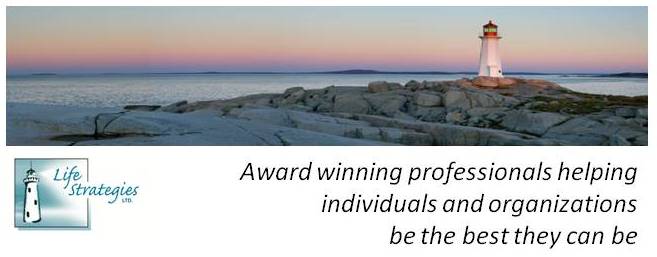
On the West Coast of Canada, we are surrounded by diversity. I live in a village just an hour from Vancouver – our community is rural, much of the local work is agricultural. Some of our neighbours have lived here for generations; others have recently arrived from India, Viet Nam, Mexico, or China. There’s a Vietnamese Buddhist Monastery on the corner of our street and the first Mormon Temple in BC nearby. Along with countless Christian churches, a Sikh temple is also an important spiritual centre for many members of the community.
Sadly, however, members of each of the ethnic communities tend to live in isolation. Although children attend the same public schools, many other community activities tend to be less integrated. Of course there are a few intersections – for example, the produce market that I shop at has an extensive selection of ethnic foods from India, Mexico, and Germany. However, even most workplaces are quite homogenous – resulting in many local residents never learning to speak one of our official languages (in the West, more typically English than French).
Within the Life Strategies team, we speak and write about diversity and have developed tools to support diverse workplaces (e.g., www.embracingdiversity.ca or www.diversityatwork.ca). We teach courses on Managing Diversity, Understanding Diversity, Global/International Careers, and The Immigrant Experience and have a multicultural specialist stream in our Career Management Professional Program (http://www.lifestrategies.ca/services/courses/career-management-professional-program-cmpp.cfm). It continues to amaze me, however, that the students we attract to those courses tend to be those who themselves come from minority cultures, have immigrated to our area, or are already working with immigrant clients. It’s difficult to reach “mainstream” students...
The 4 Stages of Learning Model reminds us that we simply don’t know what we don’t know. Therefore, until we experience the benefits of diversity at a personal level, we likely won’t choose to learn more about it or advocate for more inclusive workplaces or communities. I’ve recently returned from attending the Jiva conference in India – Jiva means “life” - the photo on this blog is me arriving by auto-rickshaw on the first day of the conference. The conference was co-sponsored by the Promise Foundation in India and the International Association of Educational and Vocational Guidance. There were 442 delegates from 32 countries – many of them knew nothing about Canada, just as I humbly realized I knew very little about most of their countries.
On our return from India, we visited the World Expo in Shanghai, China, with contributions from more than 242 countries and international associations. Think about that number! Gerry and I have visited, lived, or worked in only 55 countries (and, that’s quite high compared to most people we know). In 3 days, it wasn’t possible to visit more than a few of the pavilions, but we learned much about countries and cultures that we knew little about before. As a result, we’ve been inspired to add Kazakhstan to our future travel list – their pavilion was great!
So...how can you learn from diversity? First, I encourage you to put yourself in a position of being a minority. Take opportunities to travel (and don’t stay only in Western hotels or all inclusive resorts – mingle with the locals!). If travel isn’t feasible, eat at ethnic restaurants, attend cultural events or festivals, read books (I’ve just finished Echlin’s “The Disappeared” about Cambodia), or take a course that will help you better understand the amazing gifts that diversity brings to our lives in Canada.





